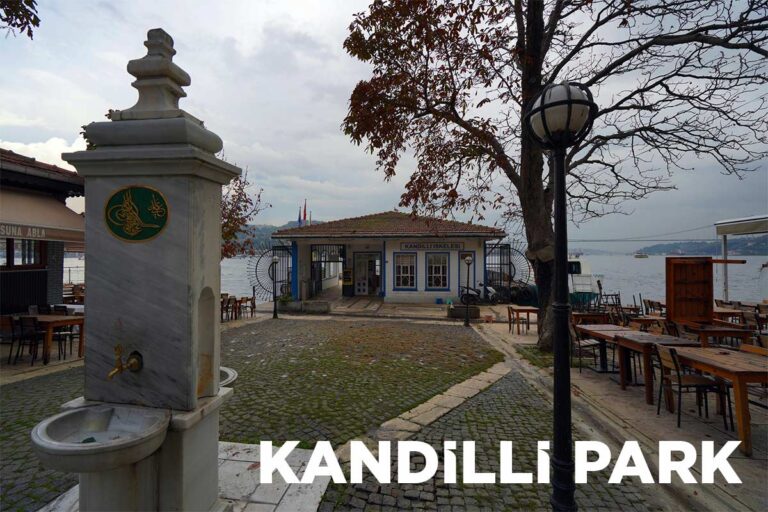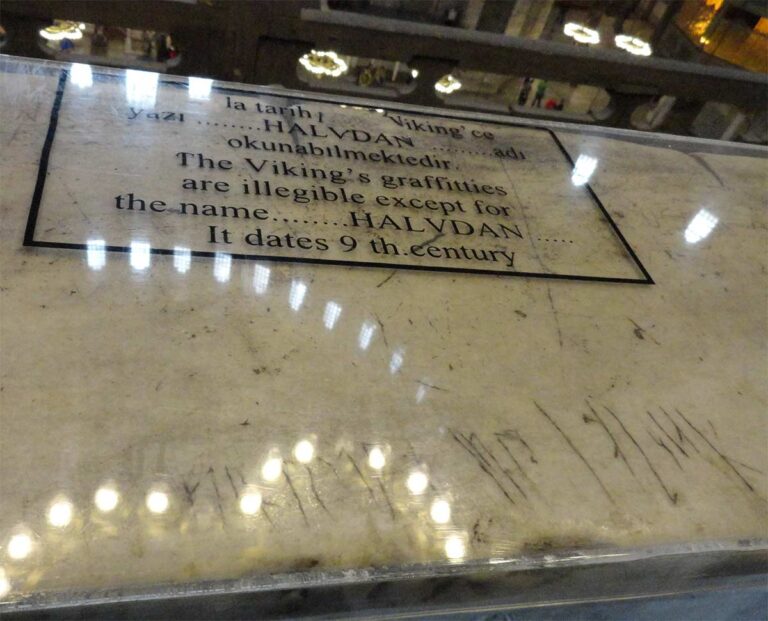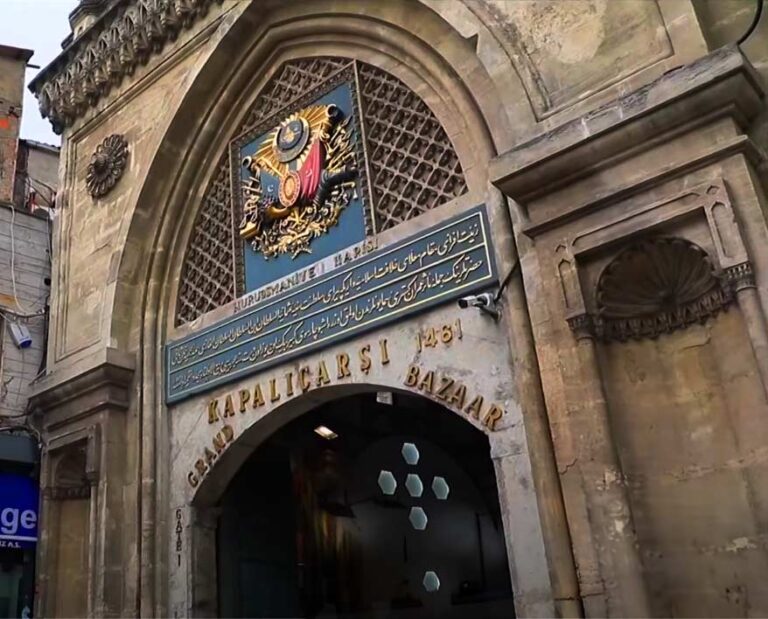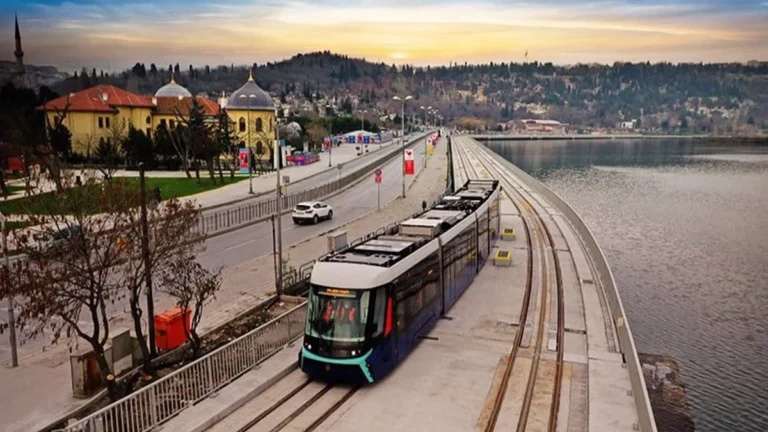Istanbul is a city where each corner has a different story, blending history and modernity seamlessly. This one-day tour offers a perfect opportunity to explore Istanbul’s history, culture, and breathtaking views. With every step, there’s a new discovery, a new story around every corner. This city leaves unforgettable memories and profound impressions on its visitors.
Morning Start: A Walk through the Heart of History
Sultanahmet Square – Witness to Ages
Begin your day with the first light at Istanbul’s historical peninsula, Sultanahmet Square. This square is an open-air museum, echoing the legacies of both the Ottoman and Byzantine empires. The awe-inspiring architecture of Hagia Sophia and the Blue Mosque (Sultanahmet Mosque) await you. These landmarks, rich in imperial history, are more tranquil and captivating in the early morning.
Hagia Sophia – A Journey Through Millennia
Hagia Sophia, a symbol of Istanbul, offers a unique blend of Byzantine and Ottoman architecture. This historical edifice, once a church and mosque, now serves as a museum. Its intricate mosaics and majestic dome are simply breathtaking and a must-visit.
Blue Mosque – In the Shade of Blue Tiles
The Blue Mosque, known for its blue tiles, stands opposite Hagia Sophia. It reflects the elegance of Ottoman architecture and the intricacies of Islamic art. The blue hues and exquisite tiles inside give this mosque its famous moniker.
Noon: The Unique Panorama of the Bosphorus
A Stroll from Eminönü – From the Historical Peninsula to the Bosphorus
Eminönü is one of Istanbul’s bustling districts. Here, you can explore historical landmarks like the New Mosque and the Spice Bazaar. The Spice Bazaar is a colorful world of spices, medicinal herbs, and traditional flavors.
Bosphorus Cruise – A Voyage Between Two Continents
From Eminönü, embark on a Bosphorus cruise. This journey showcases Istanbul’s unique position between Europe and Asia. As you sail the cool waters of the Bosphorus, you’re accompanied by views of mansions, bridges, and historical structures, offering an unforgettable experience.
Evening: Where History Meets Modernity
Istiklal Street – The Pulse of Istanbul
After your Bosphorus tour, head to one of Istanbul’s most famous streets, Istiklal Street. This bustling avenue is alive with historic buildings, art galleries, shopping stores, and live music performances. A visit to the Galata Tower provides panoramic views of Istanbul.
Galata Tower – The Skyline of Istanbul
The Galata Tower is a symbol that represents both the historic and modern faces of Istanbul. Viewing the city’s 360-degree panorama from this tower offers unique beauty at any time of the day.
End of the Day: A Delightful Dinner
Indulge in Istanbul’s Flavors
Conclude your day with Istanbul’s famous culinary delights. Sultanahmet Köftecisi or a traditional meyhane (tavern) are ideal for experiencing Turkish cuisine. A variety of mezes, kebabs, and desserts reflect the rich culinary culture of Istanbul.
Ancient and Modern Istanbul: A City Steeped in 8500 Years of History
Neolithic Beginnings and Continual Transformation
Istanbul’s journey through time begins with the Neolithic Age settlement unearthed during the Yenikapı Theodosius Harbor excavations, pushing the city’s history back 8500 years. These findings marked a new era in understanding Istanbul’s cultural, artistic, and geological changes, and urban archaeology.
A Crucible of Civilizations: From Byzantium to Constantinople and Istanbul
The city, originally founded by the Greeks in 700 BCE as Byzantium, later became the capital of the Roman and Byzantine Empires under the name Constantinople. Following the Ottoman conquest in 1453, it served as the empire’s capital for nearly five centuries and came to be known as Istanbul. Today, while no longer a capital, Istanbul remains Turkey’s largest city, a dynamic blend of Asia and Europe.
Istanbul’s Geography: A Defining Character
Strategically located around the Bosphorus and the Golden Horn, Istanbul’s geography has shaped its settlement and defined its iconic skyline. The city’s history and culture are reflected in its architecture, where East meets West.
Roman, Byzantine, and Ottoman Architectural Gems
Istanbul’s landscape is dotted with historical relics from different eras. Roman remnants like the Hippodrome, Basilica Cistern, and Column of Constantine coexist with the Genoese legacy of the Galata Tower. However, the city’s identity is most closely associated with its Byzantine and Ottoman structures.
- Hagia Sophia: A Byzantine marvel standing for approximately 1500 years, now open as a museum.
- Ottoman Landmarks: The Topkapı Palace, Sultanahmet Mosque (Blue Mosque), Suleymaniye Mosque, Grand Bazaar, and the Spice Bazaar are significant symbols of the city’s culture and identity.
UNESCO Recognition and Cultural Richness
The “Historic Areas of Istanbul” are recognized on the UNESCO World Heritage List, highlighting their global significance.
Istanbul’s Modernity and Economic Significance
In recent years, Istanbul has experienced significant population growth due to internal migration. It now hosts 20% of Turkey’s population, contributing 22% to the GDP and 40% of tax revenues. The city is also the heart of Turkey’s creative and cultural industries.
- Cultural Hub: Nearly half (49%) of museum visits and 30% of cultural performances in Turkey take place in Istanbul.
- Contemporary Cultural Scene: Istanbul’s growing interest in arts and culture was spotlighted when it was named the European Capital of Culture in 2010. The city is recognized for its increasing prosperity, leadership in Turkey’s cultural and tourism sectors, rising interest in arts and culture, and notably, its young and dynamic population.
Positioning as a Global City
Istanbul’s energy and dynamism are integrating it swiftly with other global cities. The policymakers are positioning Istanbul as a “global city,” leveraging its historical depth, cultural richness, and modern vibrancy.
Administrative and Geographical Details
- Traffic Code: 34
- Area Codes: European Side: 212, Asian Side: 216
- Districts: Arnavutköy, Adalar, Ataşehir, Avcılar, Bağcılar, Bahçelievler, Bakırköy, Başakşehir, Bayrampaşa, Beşiktaş, Beykoz, Beylikdüzü, Beyoğlu, Büyükçekmece, Çatalca, Çekmeköy, Esenler, Esenyurt, Eyüp, Fatih, Gaziosmanpaşa, Güngören, Kadıköy, Kâğıthane, Kartal, Küçükçekmece, Maltepe, Pendik, Sancaktepe, Sarıyer, Silivri, Sultangazi, Sultanbeyli, Şile, Şişli, Ümraniye, Üsküdar, Tuzla, Zeytinburnu.
- Total Number of Districts: 39.





